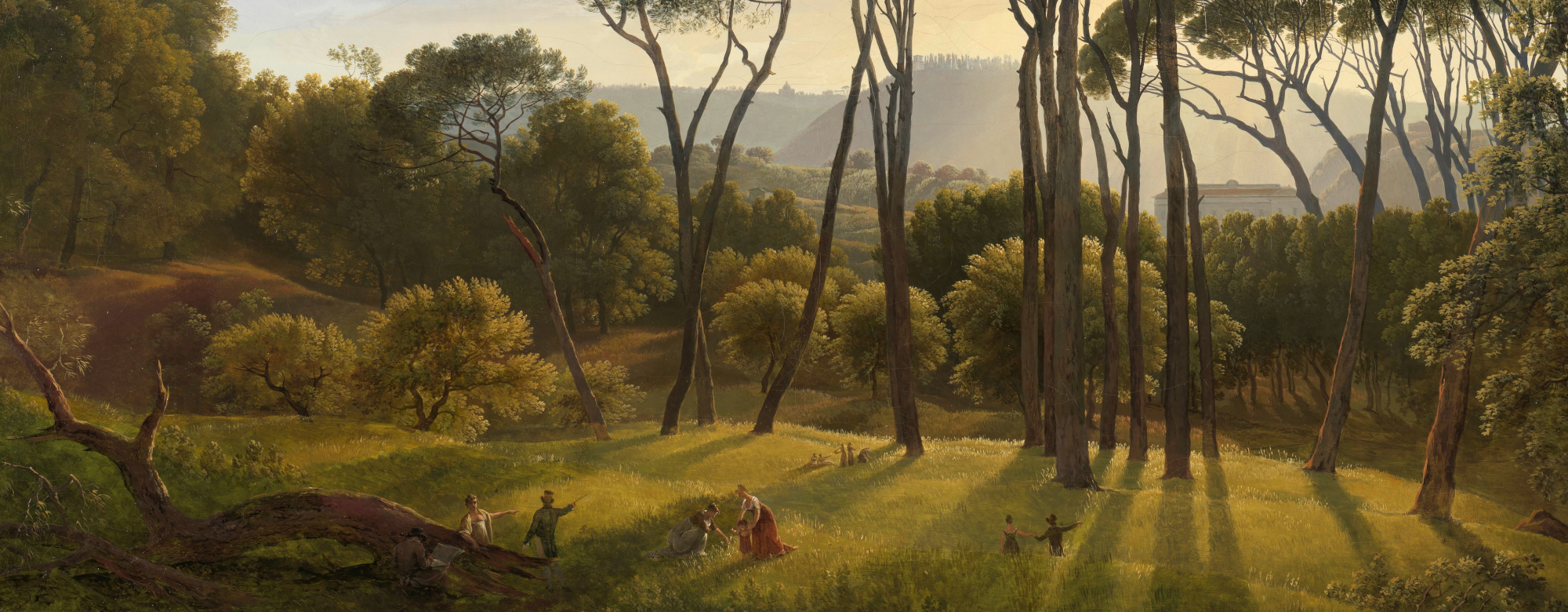We certainly didn’t ask for this, but Italy appears to have made it its mission to show why our work at COMMUNIA is as relevant as ever: by launching an attack on the Public Domain. Since October last year, Italian courts have applied the country’s Cultural Heritage Code (hereinafter shortened to “the Code”) in a number of landmark cases to forbid the reuse of works of Italian Renaissance artists.
Il nuovo rinascimento [“the new Renaissance”]
We have covered the lawsuits against French fashion label Jean Paul Gaultier for using Sandro Botticelli’s Birth of Venus on a collection and German toy maker Ravensburger for using Leonardo da Vinci’s Vitruvian Man on a jigsaw puzzle on the COMMUNIA blog in the past months. Both Gaultier and Ravensburger were brought to court by the respective museums that host these works in their collections, the Uffizi in Florence and the Gallerie dell’Accademia in Venice, respectively, for violations of the Italian Cultural Heritage Code. According to Art. 106 ff. of the Code, commercial uses of works require the authorization of the cultural heritage institution that has the work in question in its collection as well as the payment of a concession fee – even if that work is in the Public Domain.
More recently, the court of Florence has ruled in favour of the Gallerie dell’Accademia in Florence and the Italian Ministry of Culture for the use of the image of Michelangelo’s David on the cover of GQ Magazine Italy. The cover features a hologram, which, depending on the viewing angle, shows a photographic reproduction of Michelangelo’s statue or a bare-chested, muscular man posing in a similar fashion (see this interview with COMMUNIA member Deborah De Angelis as well as Eleonora Rosati’s post for the IPKat).
Copyright with a glued-on beard
All of the conclusions reached in these cases can be rebutted on the same grounds we’ve explained extensively in previous contributions. The reproduced works are clearly in the Public Domain, that is, they are completely free from any copyright restriction. Their creators Sandro Botticelli (1445-1510), Leonardo da Vinci (1452-1519) and Michelangelo (1475-1564) have all been dead for centuries. Even Michelangelo, the youngest of the bunch, lived long before any concrete notion of copyright ever existed. Yes, the Italian Cultural Heritage Code is an instrument of administrative law. The function of this Section of the Code is so similar to copyright, however, that one must wonder if its raison d’être isn’t simply to serve as a pseudo-copyright that the Italian state can use to generate income off of Public Domain works. When new laws are created to negate the effect of a carefully yet imperfectly-balanced copyright system to justify a dubious revenue model, we must react.
Because in doing so, the Code calls into question the social contract on which copyright is based. Copyright is granted for a limited period of time, allowing creators to extract monetary gain from their works for as long as they are copyright-protected. When a work’s term of protection ends, it enters the Public Domain and, as a rule, becomes free to use by everybody. Carving out Italian collections from this rule hinders access to our common European cultural heritage. The works in these collections belong to all of us in the sense that everyone should have access to them and be able to draw on them to create something new.
But this isn’t just a philosophical issue. It is also fundamentally at odds with copyright law and its intrinsic balance: that protection lasts for a limited time. As Roberto Caso comments on the Kluwer Copyright Blog: “The ex post facto judicial creation of an eternal and indefinite pseudo-intellectual property leads to the violation of the principle of the numerus clausus of intellectual property rights.” More specifically, the Code is incompatible with the spirit of Article 14 of the DSM Directive, which states that reproductions of works of visual art that are in the public domain cannot be subject to copyright or related rights, unless the reproduction itself is an original creative work (see Giulia Dore’s contribution to Kluwer).
Is there a method in the madness?
What is equally egregious is the fact that the Italian cultural heritage code establishes the Italian state as an arbiter to determine whether any given use of a work is appropriate. The idea that a state – more than 500 years after the creation of a work – claims to be able to determine what is an appropriate use of a work is not only frivolous, but dangerous for democracy, freedom of expression and participation in cultural life. There is no need for a state to determine if something is an appropriate or inappropriate use. Leave that decision to creators, their audiences, and to society as a whole, whose members can engage in free and democratic debates.
As a side note: It is even more frivolous if we consider that the Italian Ministry of Tourism runs a campaign full of clichés with a cartoonish Venus as a modern-day influencer — ironically the campaign is called “Open to Meraviglia” [English text in original, which translates into “Open to Marvel”] . To be clear, the Ministry of Tourism is well within their rights to do this, and this is a perfectly fine example of what parody might look like. So why should a public body be allowed but not a toy maker, magazine or fashion creator? These events set a very worrying precedent for artists and creators in Italy, Europe, and all over the world.
While it’s been fun writing about the absurdity of these lawsuits for some time, enough is enough. Italy must repeal this section of its cultural heritage code and ensure that Public Domain works can be freely reused by all.

